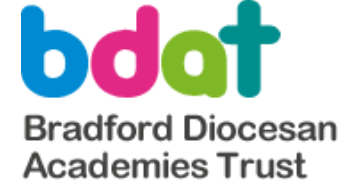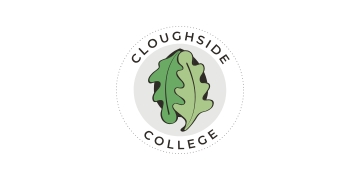By almost any measure, multi-academy trusts are small organisations. Yet their benefits are many and accrue with size, writes Jon Coles
In these pages last week, National Governance Association CEO, Emma Knights promoted her organisation’s latest MATs moving forward report by suggesting we are “moving towards a system dominated by larger MATs” and that this requires careful scrutiny. In truth, the vast majority of trusts are small, and this is substantially out of line with other parts of the public sector.
There are currently 1,195 academy trusts with two or more schools. These account for only 8,000 of a national total of some 21,000 state schools. Knights referred to a suggestion by Lord Agnew that the right size for a MAT might be between 10 and 20 schools, but of the 1,195, only 169 (incorporating 2,000 schools) are even that size. Most are smaller. More than 4,000 schools belong to one of 974 trusts with 2 to 9 schools. Just 4 per cent belong to one of the 21 trusts with more than 30 schools – hardly dominance.
Even the biggest MATs are not big organisations by the standards of other sectors. United Learning is currently the biggest. Our income is about £550 million and we employ some 9,000 people. On those measures, we’re dwarfed by any number of UK companies. Unilever has an income 100 times greater and employs 20 times as many people. BP’s income is three times greater than that.
But you don’t need to look to the private sector. Most acute NHS trusts are bigger. The biggest are four times our size. Most Russell Group universities too. Several are two or three times our size. Meanwhile, despite academisation, the largest local authorities still spend more just on schools than our entire budget.
Trusts like ours are the only actors with a formal duty to consider the wider system
So much for Knights’ premise, but her criticisms too are wide of the mark. She’s wrong to say boards don’t have responsibility beyond their own trust. Trusts like ours, whose objects include advancing education in England, are the only actors who do have a formal duty to consider children and schools outside their direct governance structure.
More than just “thinking of the sustainability of the national system”, we do something about it. We train teachers for schools outside our group, support leaders and governors to develop their trusts and support schools and trusts with their use of technology. Over lockdown, we wrote guidance on re-opening on behalf of government, provided 3,000 lessons for Oak National Academy and ran webinars on online learning at the DfE’s request.
Why? Not because we’re better or more altruistic than anyone else, but because we can. Our scale gives us the capacity to do it.
And is being part of a large trust a scary and impersonal experience as Knights implies? Hardly. You really don’t need to sit around the table with every other head in the group to have a valuable collaborative experience. Those who sit down with their regional director will know each other well and work closely together. But they will also benefit from expertise from the centre and a much wider network of close colleagues, giving them instant access to ideas and practice from the other side of the country.
Then there are tangible benefits. We acquired 24,000 Chromebooks for pupils during lockdown (almost one for every two pupils) and will put a further £3 million from reserves into catch-up provision over the coming 12 months. We don’t have more income than others or secret financial management strategies – but we do have greater economies of scale.
And, of course, that wider capacity. A fully resourced curriculum with lesson-by-lesson materials available to all teachers to use as they choose. A team of subject advisers supporting teachers. A full programme of CPD. A company secretary who takes the tough bits of compliance off schools’ hands. A professional health and safety lead supporting schools to risk assess well and stay safe in a global pandemic. Safeguarding leads and internal auditors, technologists, an HR team. The list goes on.
It’s what a trust should be. And to offer that support requires scale. So perhaps we shouldn’t be asking why trusts are getting bigger, but why they aren’t even bigger still.







But then you might as well go back to local authorities with a greater degree of democratic accountability and local connection. The number of micro-bureaucracies created by the fragmented MAT system has been a unnecessary waste of money….